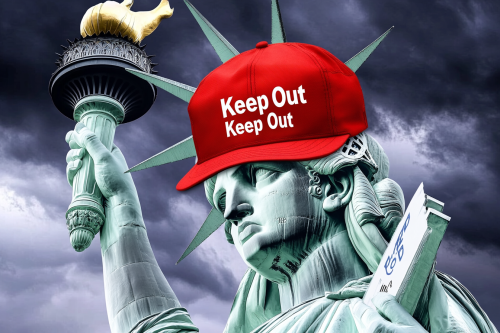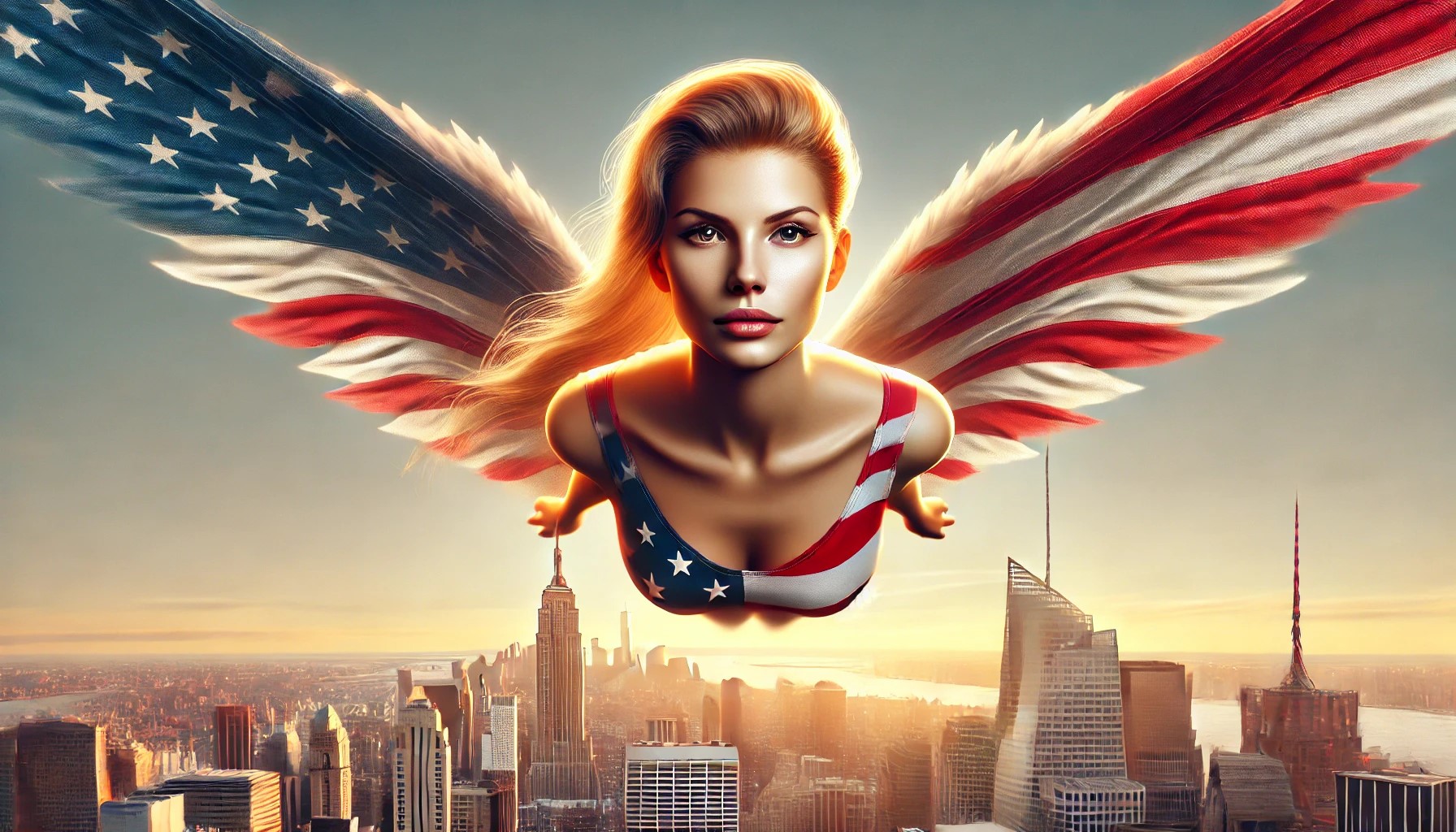By Sanwar Ali:
- Introduction
- The Ongoing Saga of the Artist Visa Fee Increase
- The Delayed Decision
- Reactions from the Industry
- Implications for US Artists Performing Abroad
- The Role of Trade Groups
- A Glimpse into the Future
- Unified Response from Arts Sector Opposing Fee Increase
- Impact on Other Visa Types
- Conclusion
Introduction
International artists from around the world have been campaigning against the proposed fee increase for US artist visas, which frequently comes under the O1 visa for individuals with extraordinary ability or achievement. The potential hike has attracted widespread criticism among the arts community. This article aims to provide an in-depth perspective on the issue, covering the recent developments and the potential implications for artists and the broader entertainment industry.
The Ongoing Saga of the Artist Visa Fee Increase
The proposed fee increase for the O1 visa used by prominent artists, which could potentially reach up to 250%, has been a topic of significant concern for the international arts community. The United States Citizenship and Immigration Services (USCIS) had proposed a hike in fees for O-type visa petitions from $460 to $1,655, inclusive of an Asylum Program Fee. The proposed fee increase for P-type visas, including P-1B petitions, was even more staggering, at 251%.
The Delayed Decision
In a recent development, the USCIS has decided to postpone the proposed hike at least until March 2024, providing a temporary sigh of relief for the artist community. This decision came in response to immense pressure from the touring industry and Congress. In addition, the USCIS has also agreed to engage in discussions to reconsider the rate increase.
Reactions from the Industry
The decision to delay the fee increase has been met with mixed reactions from the industry. While it offers some respite, the uncertainty about the final rules and their potential impact continues to loom over the artists and the industry.
Implications for US Artists Performing Abroad
The proposed fee increase for the O1 and P1 visa frequently used by artists such as musicians has not only affected international artists wishing to perform in the US but also has potential implications for US artists performing abroad. In response to the proposed hikes, several countries have threatened to retaliate by dramatically increasing fees for US artists performing in their countries.
The Role of Trade Groups
Various US trade groups involved in live music and entertainment have been actively opposing the proposed fee increases. Organizations such as the National Independent Venue Association (NIVA) and the National Independent Talent Organization (NITO) have been instrumental in this battle. They have expressed concerns about the severe economic and cultural threat the proposed fee increases pose to independent live entertainment in the U.S.
A Glimpse into the Future
While the final decision on the fee rule has been delayed until March 2024, the community continues to campaign against the proposed fee increases. The final rule making in 2024 will establish the new fee levels, which may differ from the proposed fees, confirm any policy changes, and also set a date by which any changes would take effect.
Unified response from the Arts Sector opposing Fee Increase
The collective advocacy from the arts sector, not just in the US but globally, has played a significant role in prompting the US authorities to reconsider their decision. This united front from the arts sector has been a testament to the power of collective advocacy, as it has pushed the authorities to take their concerns seriously.
Impact on Other Visa Types
While the primary focus has been on the artist visa, the proposed changes could potentially have implications for other types of visas as well, including employment authorization documents for spouses and dependents, and other types of US visas, such as the B1 visa, B2 visa, l1 visa, H1B visa, E2 visa, E1 visa, visitor visa, H1B quota, OPT, optional practical training, F1 student visa, l1a visa, l1b visa, and the US visa waiver scheme.
Conclusion
The future of the artist visa fee structure remains uncertain. However, the collective advocacy from the arts sector and the willingness of the US authorities to reconsider their decision gives hope for a more equitable outcome. Until then, the arts community continues to hold its breath as it awaits the final rules in 2024.
workpermit.com helps with US Work Visa: L1, H1B, E2, and O1 Visas
There are various types of US visas that individuals can apply for, depending on their circumstances. Some of the most common employment-based visas include:
-
L1 visa: This visa is for intracompany transferees who work in managerial or executive positions or have specialized knowledge.
-
H1B visa: This visa is for specialty occupations that require theoretical or technical expertise in specialized fields.
-
E2 visa: This visa is for investors who have made a significant investment in a US business and, management or essential skills employees. Only certain nationalities can apply.
-
O1 visa: This visa is for individuals with extraordinary abilities in the arts, sciences, education, business, or athletics.
Workpermit.com is a specialist visa services firm with over thirty years of experience dealing with visa applications. For more information and advice, please contact us on 0344 991 9222 or at london@workpermit.com(link sends e-mail)




